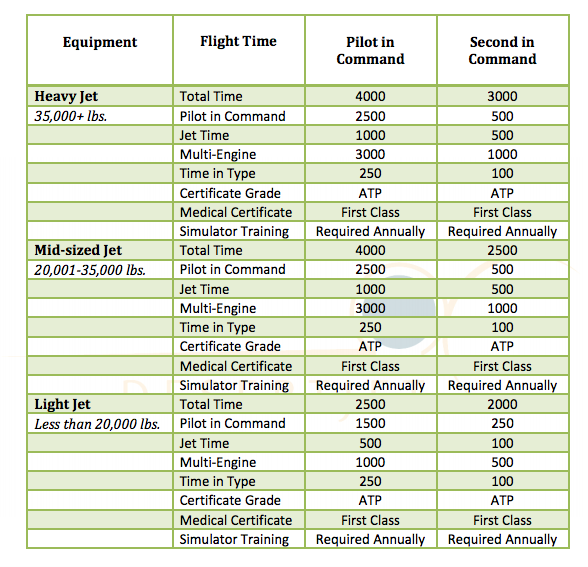Is your private jet safe?

Flying privately is far safer than many other things you do. You are more than 10 times more likely to drown in a bathtub than perish in a private jet crash by a count of over 5,000 to less than 400. However, savvy private aviation users don’t stop there.
Desert Jet is a Palm Springs, CA-based charter operator that sometimes needs to go outside its own fleet to satisfy on-demand charter clients during busy periods. In other words, like many operators, it also sometimes acts as a broker selling the inventory of other operator’s jets.
Denise Wilson is President and Operations Director of Desert Jet. Previously she was Chief Pilot of a corporate flight department. Recently, she outlined what type of requirements Desert Jet demands of pilots when it charters from outside its fleet.
Experience requirements are divided into Heavy Jets (over 35,000 lbs.), Mid-sized Jets (20,001-35,000 lbs.) and Light Jets (under 20,000 lbs.). Among the information requirements for each pilot are hours both as Pilot-in-Command (PIC) and Second-in-Command (SIC or First Officer).
Desert Jet requires information on Total Time, time as PIC, Jet Time, Multi-Engine Time, Time in Type of Aircraft, Certificate Grade, Medical Certificate and annual simulator training.
“The experience level of the pilots used by an operator is a crucial area to research. When vetting an operator to provide your supplemental lift, you should develop a minimum standard that you feel is acceptable. The best starting point is to use the hiring standards you have implemented for your own flight department,” Wilson says.
Desert Jet requirements are below. ATP stands for Air Transport Pilot, the highest rating. Private Jet Card Comparisons tracks over 100 jet card programs, including pilot requirements as well as the use of rating systems such as ARGUS, Wyvern, and ISB-AO for sourcing planes, operators and pilots.
